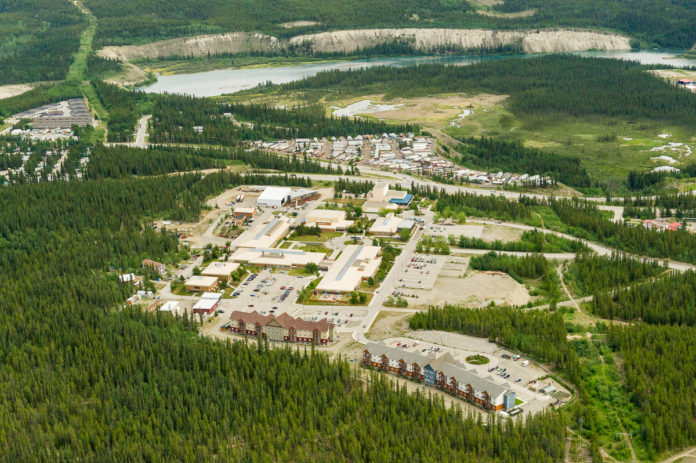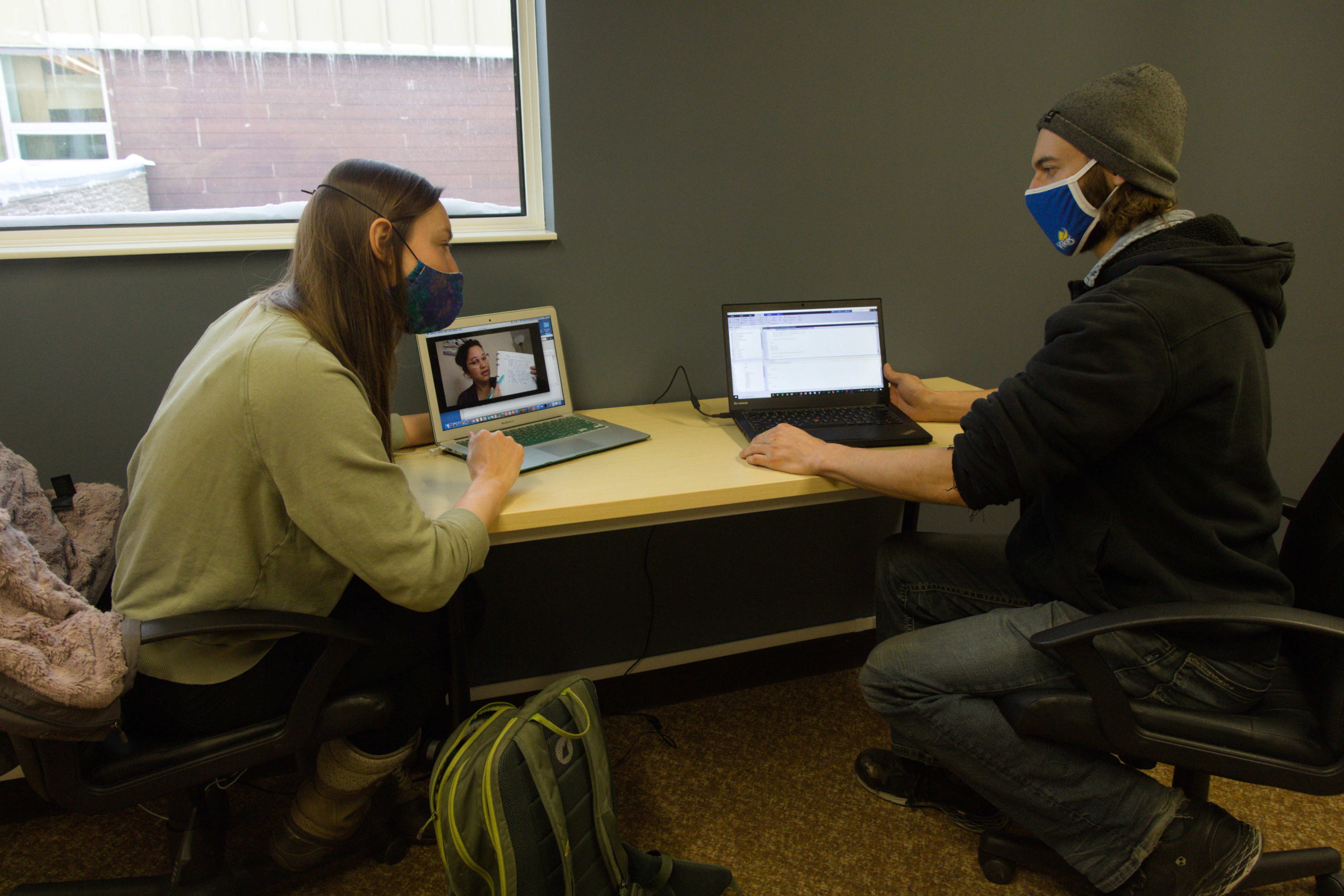
Two student research assistants at Yukon University in Whitehorse are helping math and physics instructor Jaclyn Semple develop a model for assessing the risk of wildfires in Yukon.
The model is intended to help provincial wildfire management determine whether certain wildfires pose a risk to infrastructure or residents.
The model’s efficiency may reduce the need for aerial observers to manually assess wildfire risk and potentially endanger themselves.
It takes GPS coordinates from past wildfire ignition points and assesses where they occurred in relation to man-made structures and forest fuels, such as different species of trees and shrubbery that can fuel a wildfire.
Semple said the model the team is developing is different from previous methods used to assess wildlife risk in the past.
“It’s really just using the fuel, the values, and how close an ignition point would be to the communities,” Semple said, adding the model requires minimal data and inputs.
According to Semple, other wildfire models in Canada and the U.S. are often more complex and time-and resource-demanding.
Amanda Eskridge, a marine biology student from Columbia, South Carolina and Brandon Whey, a physics student from Calgary, Alta. were students in a class taught by Semple. Semple hired Eskridge and Whey for this project with funding from the university’s Scholarly Activity Grant.

“I’m really excited to see how it all shakes out this summer and what sort of data and feedback we get from Wildland Fire using the model during this fire season,” Eskridge said.
The group will present their model at a virtual conference in May by the International Association of Wildland Fire and at the Wildland Fire Canada Conference in October.
“We’re looking to involve or collaborate more with other researchers in the field because in the Yukon, it’s just Yukon University,” Semple said. “Other than that, we’re kind of on our own up here.”
Semple said the project involved a learning curve for the group, since none of them had a background in fire science.
She said they spent last summer reviewing wildfire modelling research papers, taking online courses on wildfire behaviour, and studying aerial observation for initial fire reporting with WFM.
Eskridge said although the model is currently ready to use, she is glad they have the extra time to perfect it.
“It’s nice to have this extra month or two to continue validating it before they actually start using it for this upcoming fire season,” Eskridge said.
As the only group at Yukon U currently doing research related to wildfires, Semple, Eskridge and Whey said they are hoping to deliver seminars at the university once the model is complete. They also anticipate expanding their work to involve more disciplines, such as statistical analysis.
The group said they are looking forward to testing their pilot model during this wildfire season and showcasing it at the May and November conferences.
Featured image provided by Yukon University.





